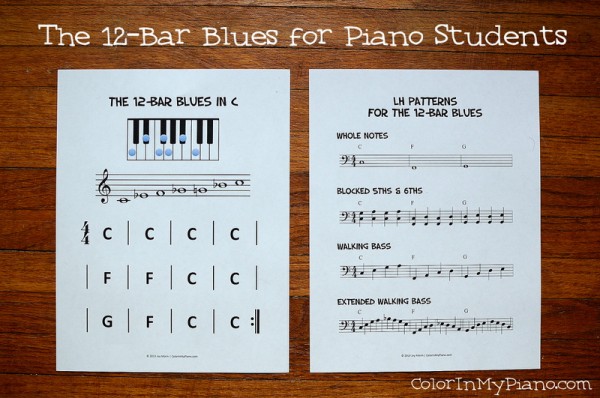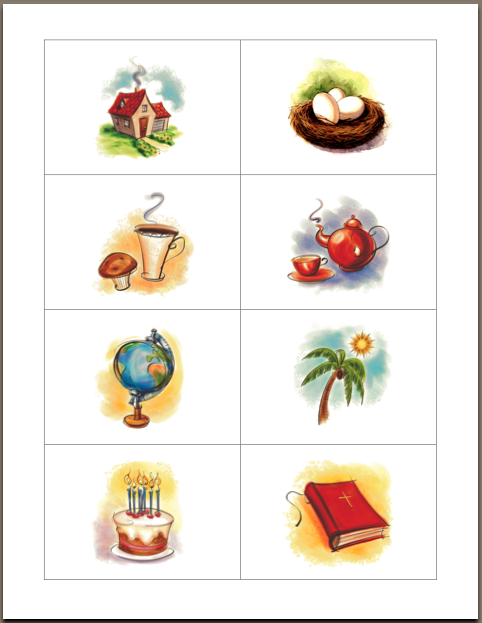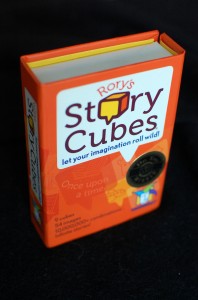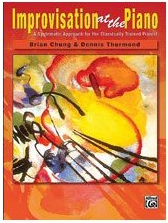In today’s post, I’d like to round up a few of my favorite resources (both free and paid) on my blog relating to composition and improvisation.
Composition and improvisation are skills I love integrating into my teaching. When students show an interest in creating their own pieces, I always foster this and coach them through the process of formulating and notating their compositions. To help expose all of my students to composition, I offer a composition-themed summer camp at least every-other-year. I use improvisation, in simple but natural ways, in my teaching too — although I’d like to get better at doing more!
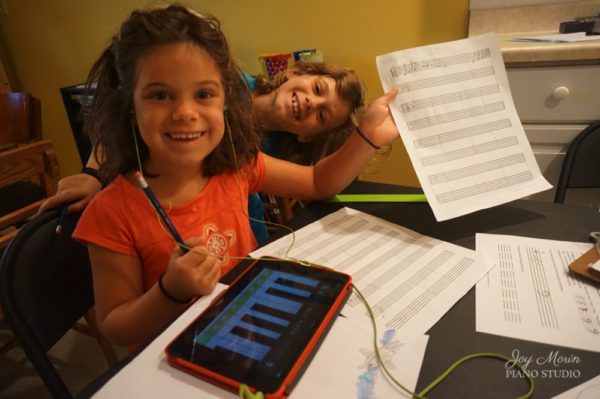
In this blog post, there are three main sections: (1) First, I will first round up my free printables related to composition and improvisation. (2) Then, I’ll list some blog post links to some articles that discuss how to integrate improvisation and composition into your teaching. (3) Finally, I will tell you about two paid resources from my shop you might find useful for teaching composition and improvisation to your piano students.
I hope you’ll discover — or rediscover — some fun resources you can use in your teaching!
Continue reading “Roundup: Composition/Improvisation Resources for Piano Teachers”

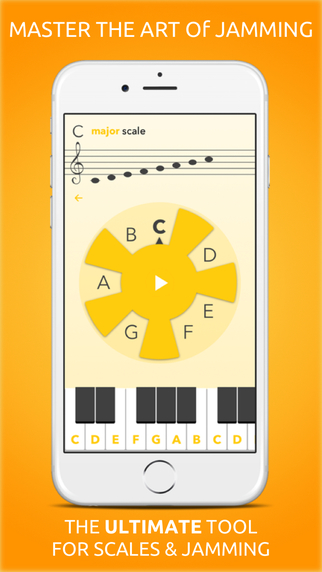
 I’m excited to write this app review, because it is one of the most well-designed and useful apps I’ve come across lately!
I’m excited to write this app review, because it is one of the most well-designed and useful apps I’ve come across lately!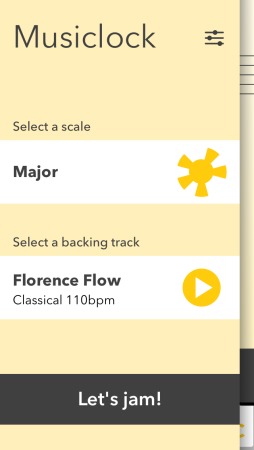
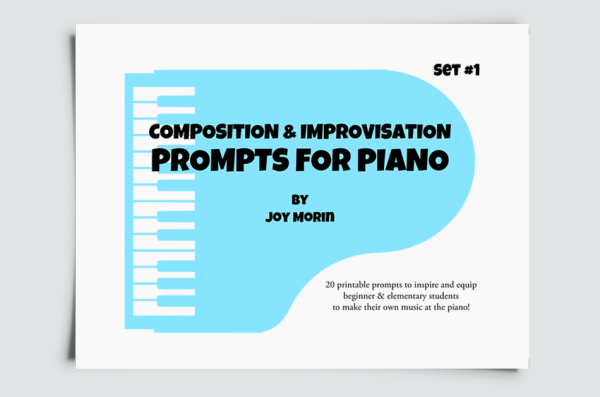

 Improvising Is For Everyone, by Bradley Sowash
Improvising Is For Everyone, by Bradley Sowash
 My blogging has been rather sporadic so far this month — this is a busy time of year for piano teachers, isn’t it! I’m so glad my Spring Recital is over, but this month is still somehow very booked. 🙂
My blogging has been rather sporadic so far this month — this is a busy time of year for piano teachers, isn’t it! I’m so glad my Spring Recital is over, but this month is still somehow very booked. 🙂